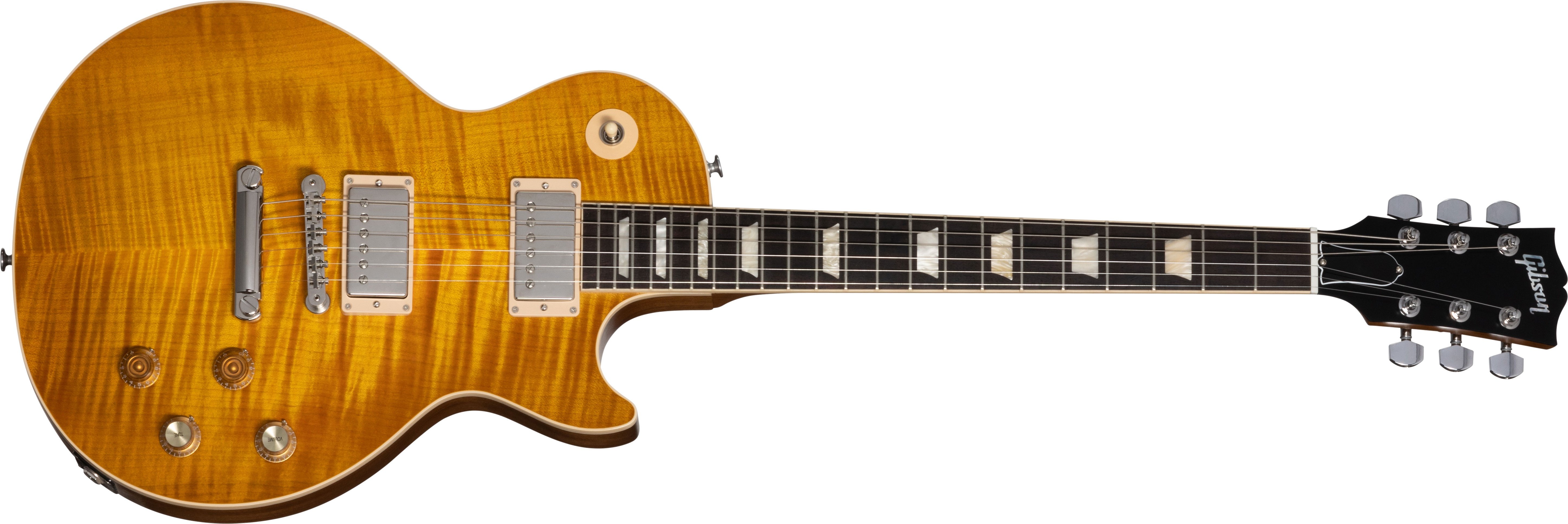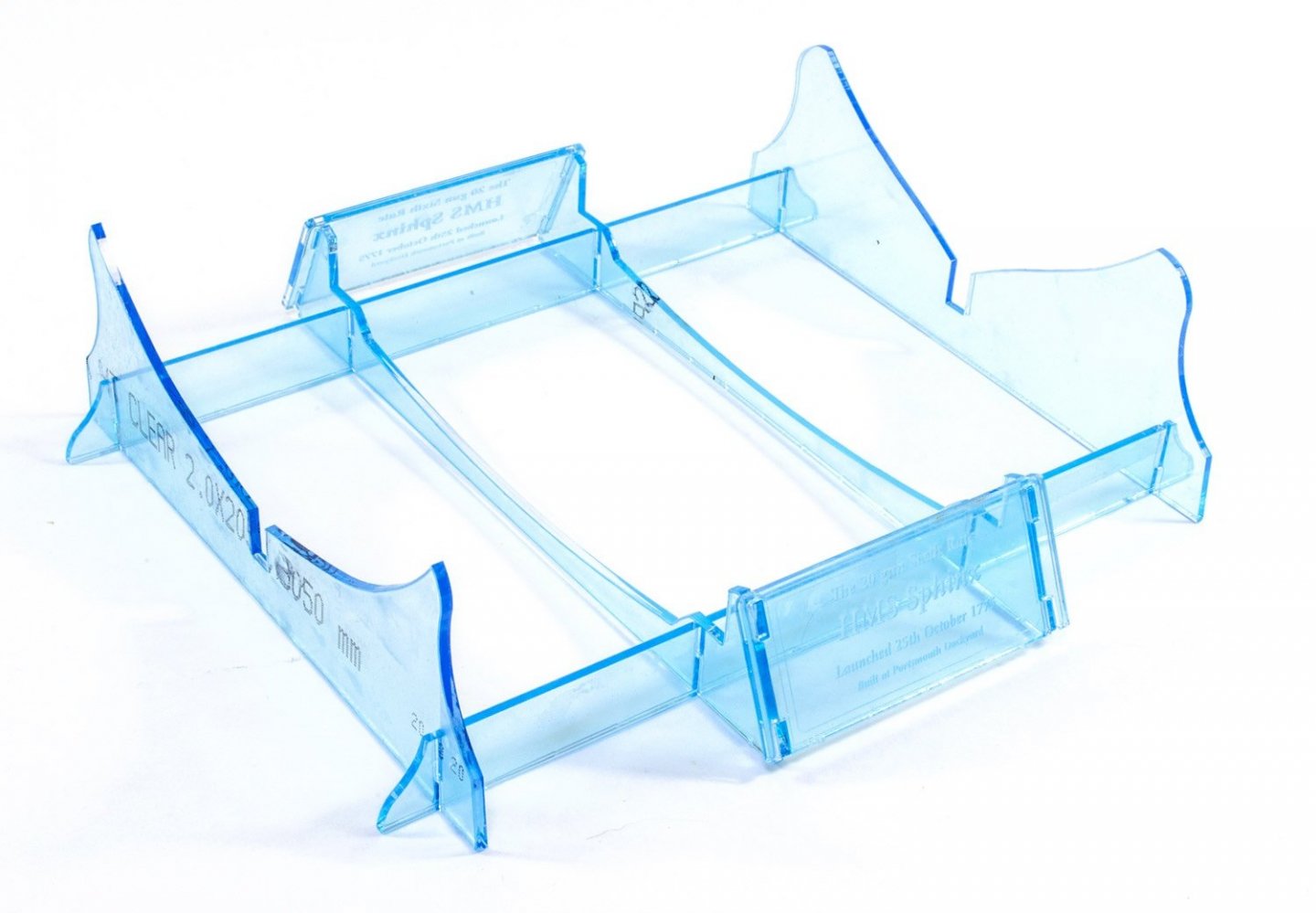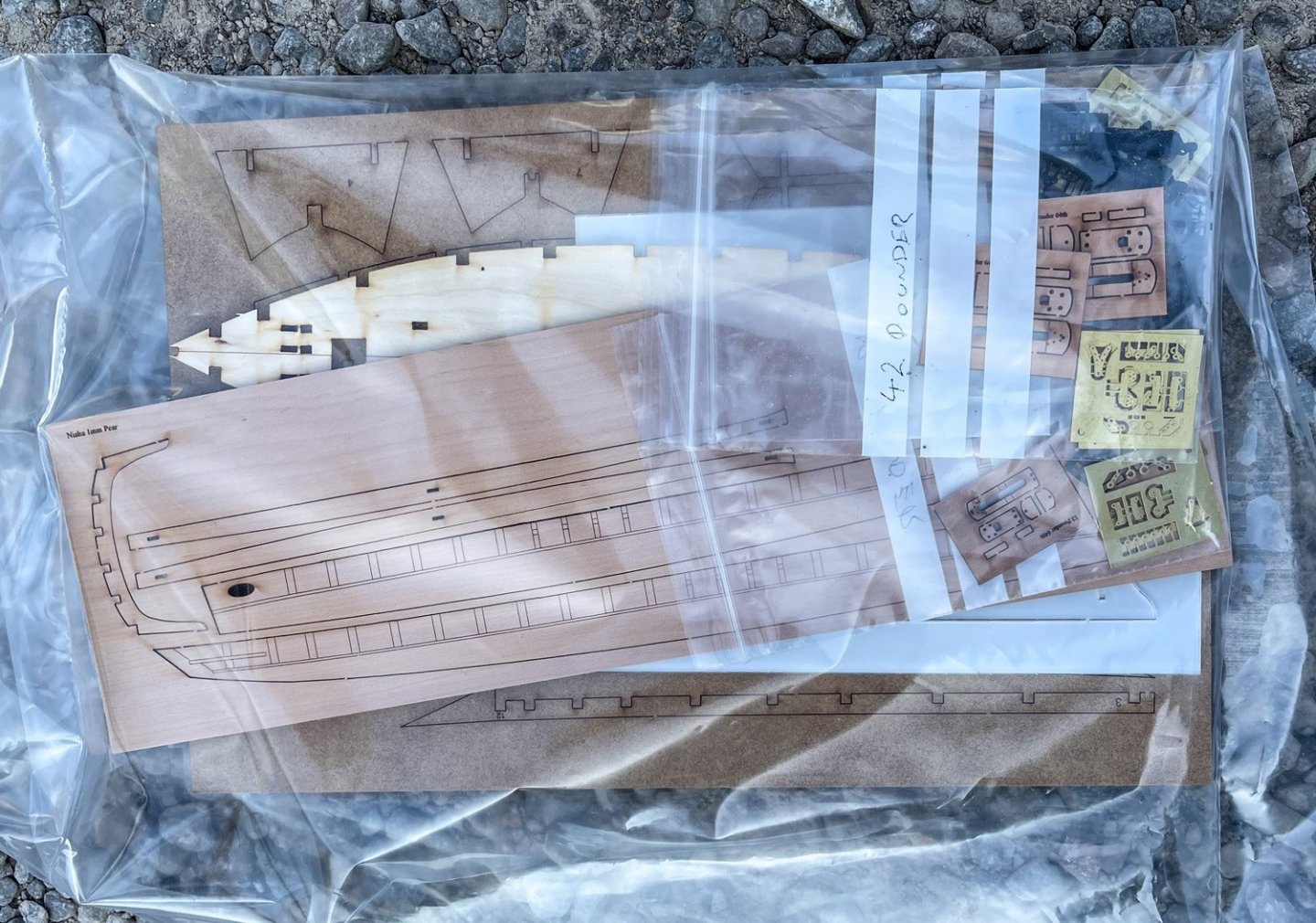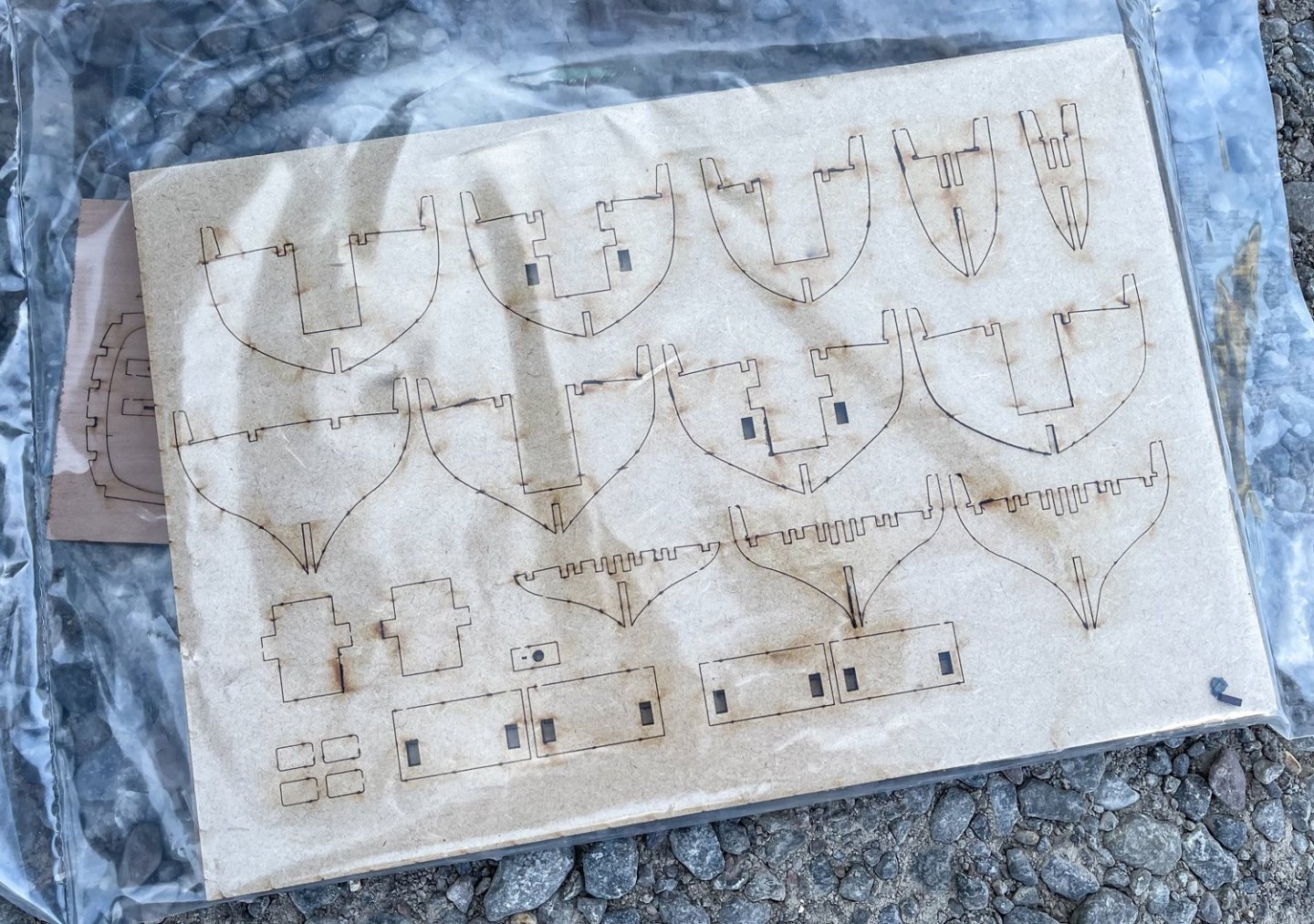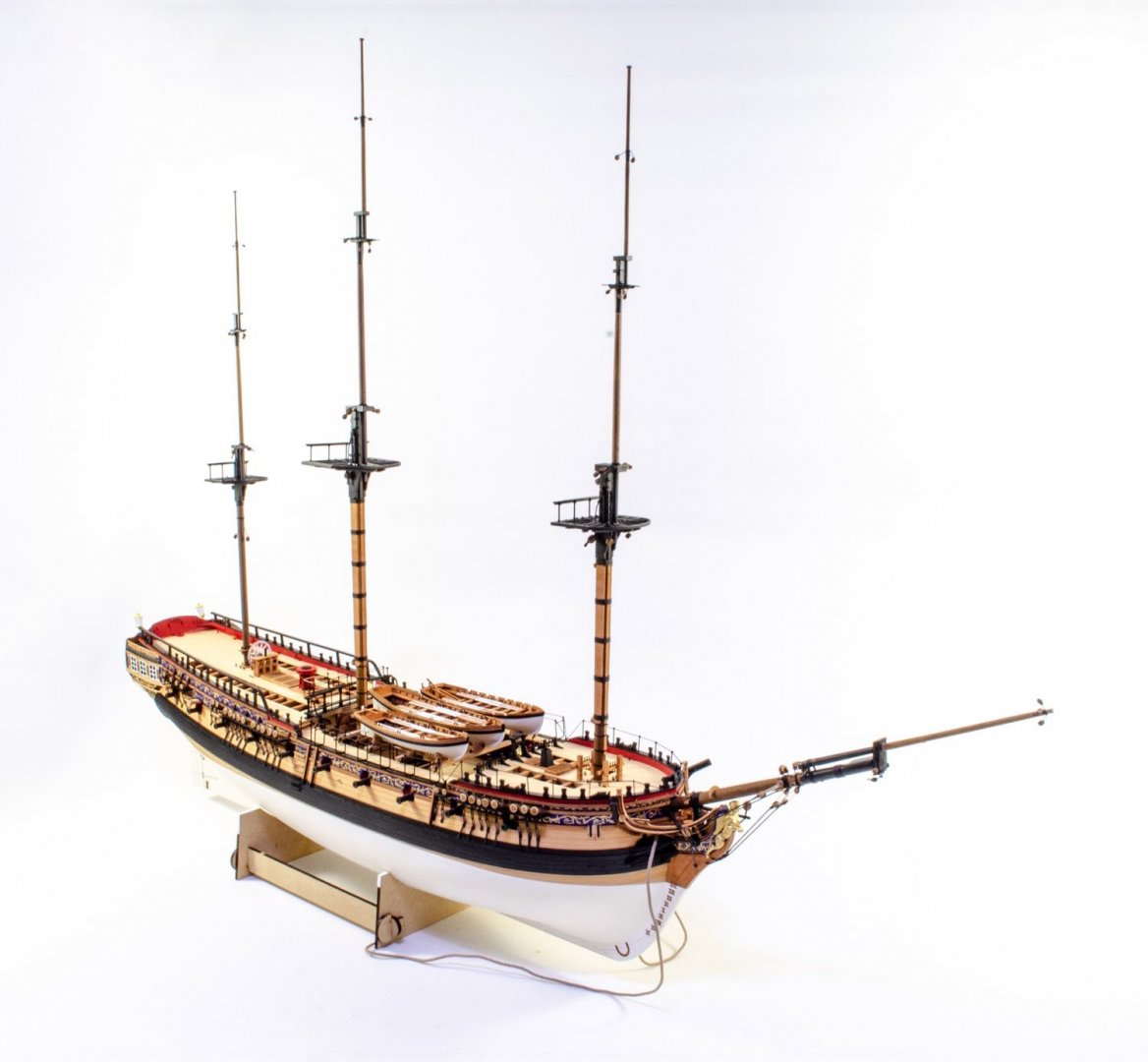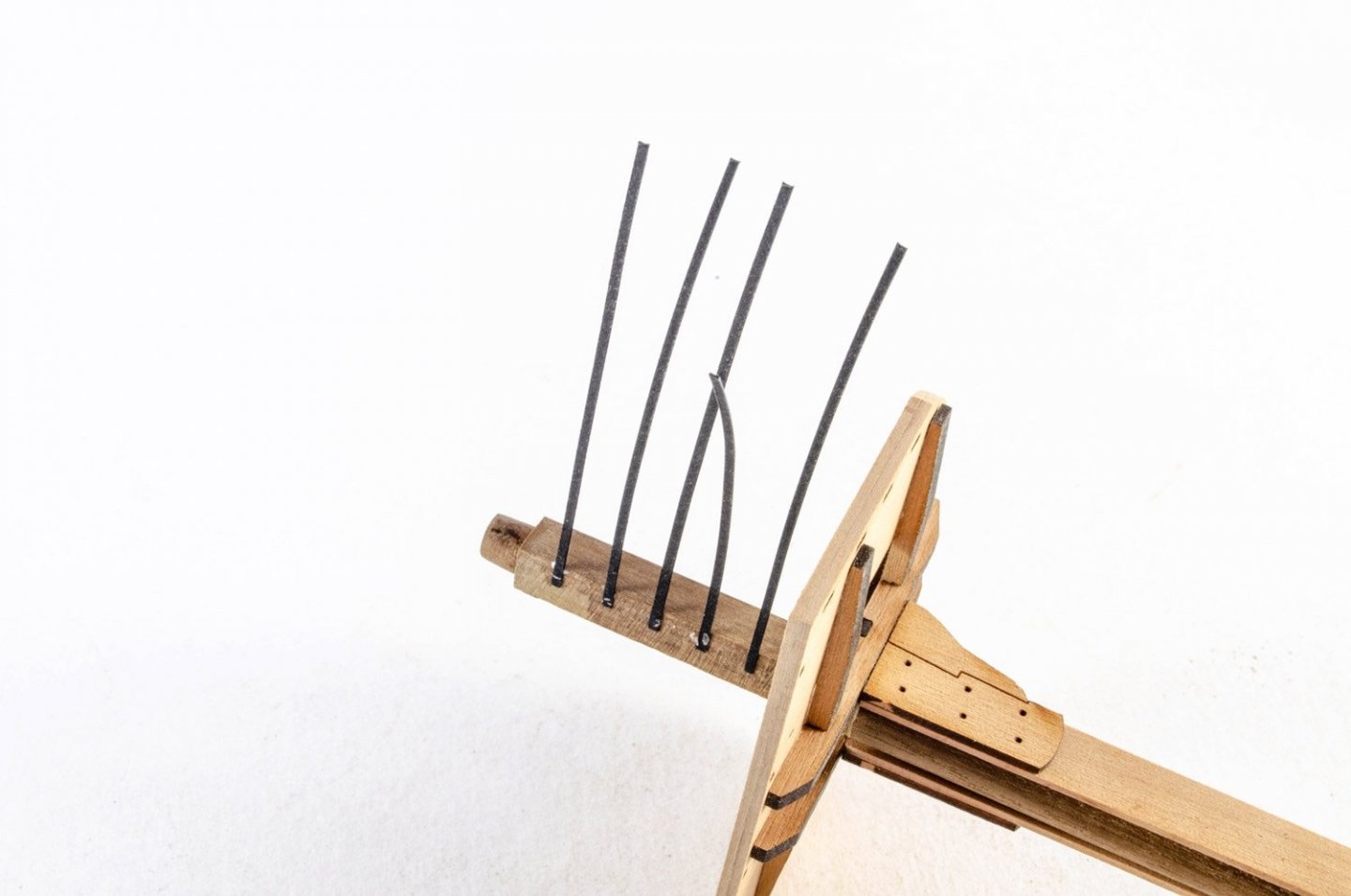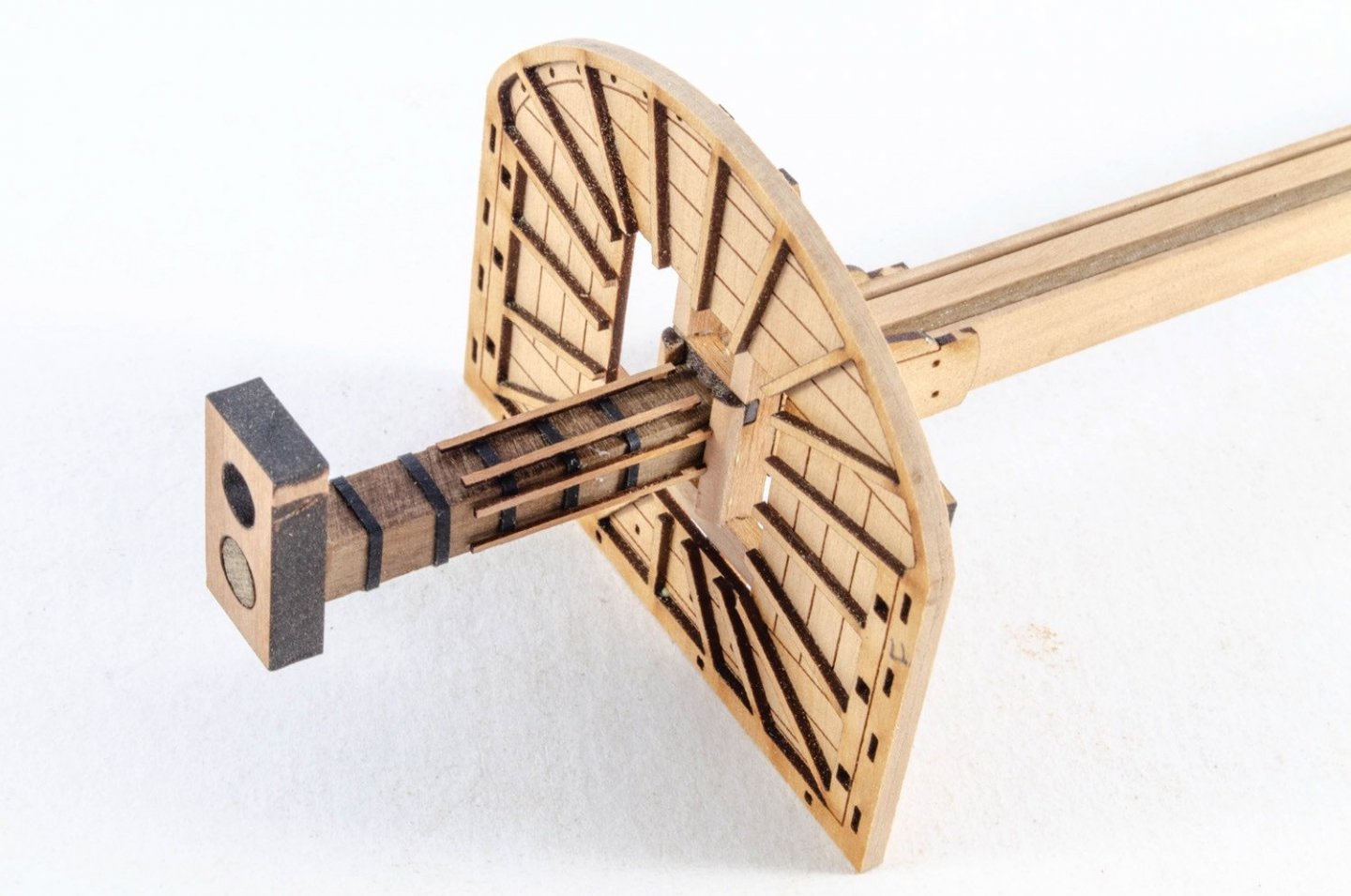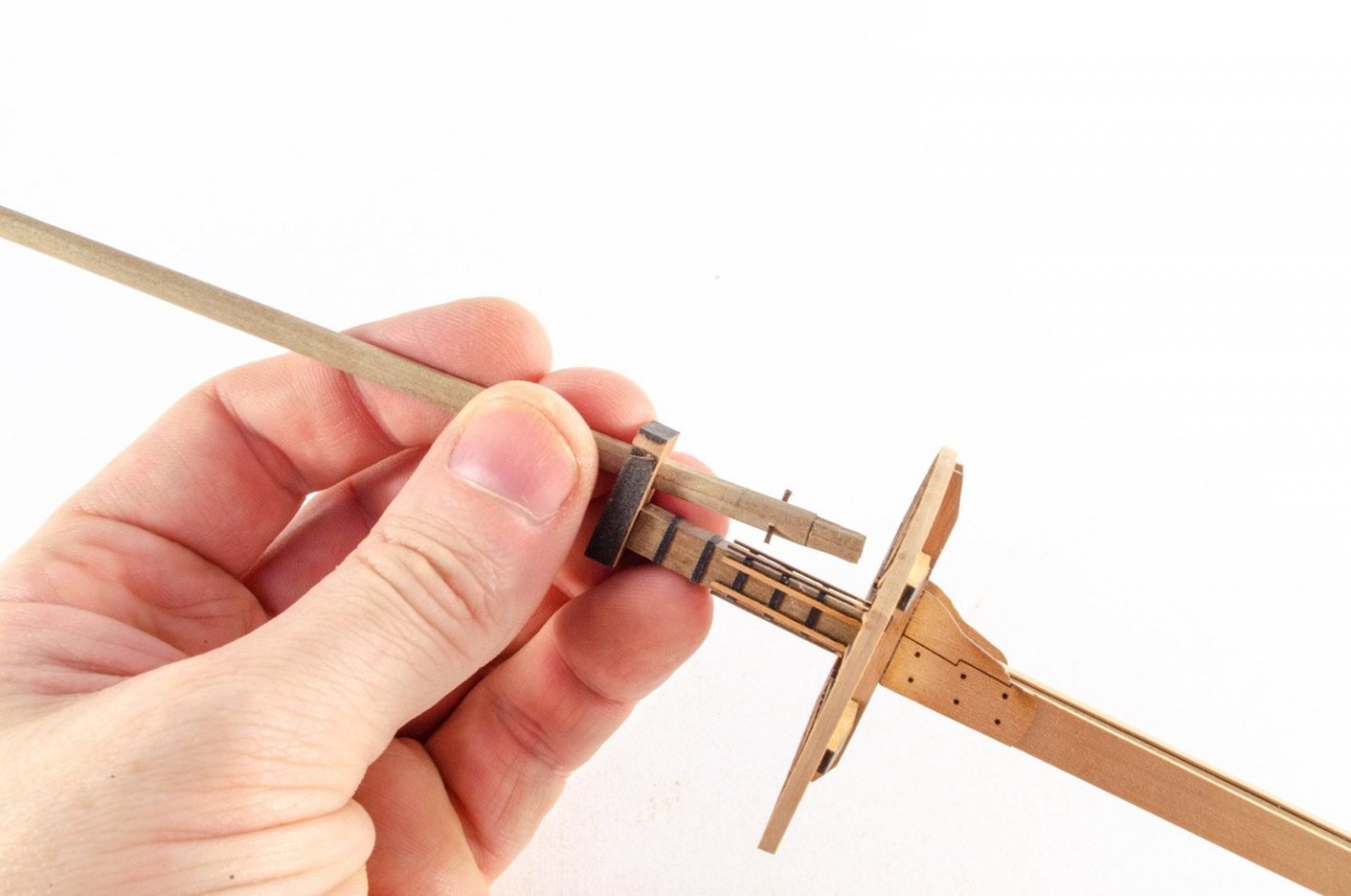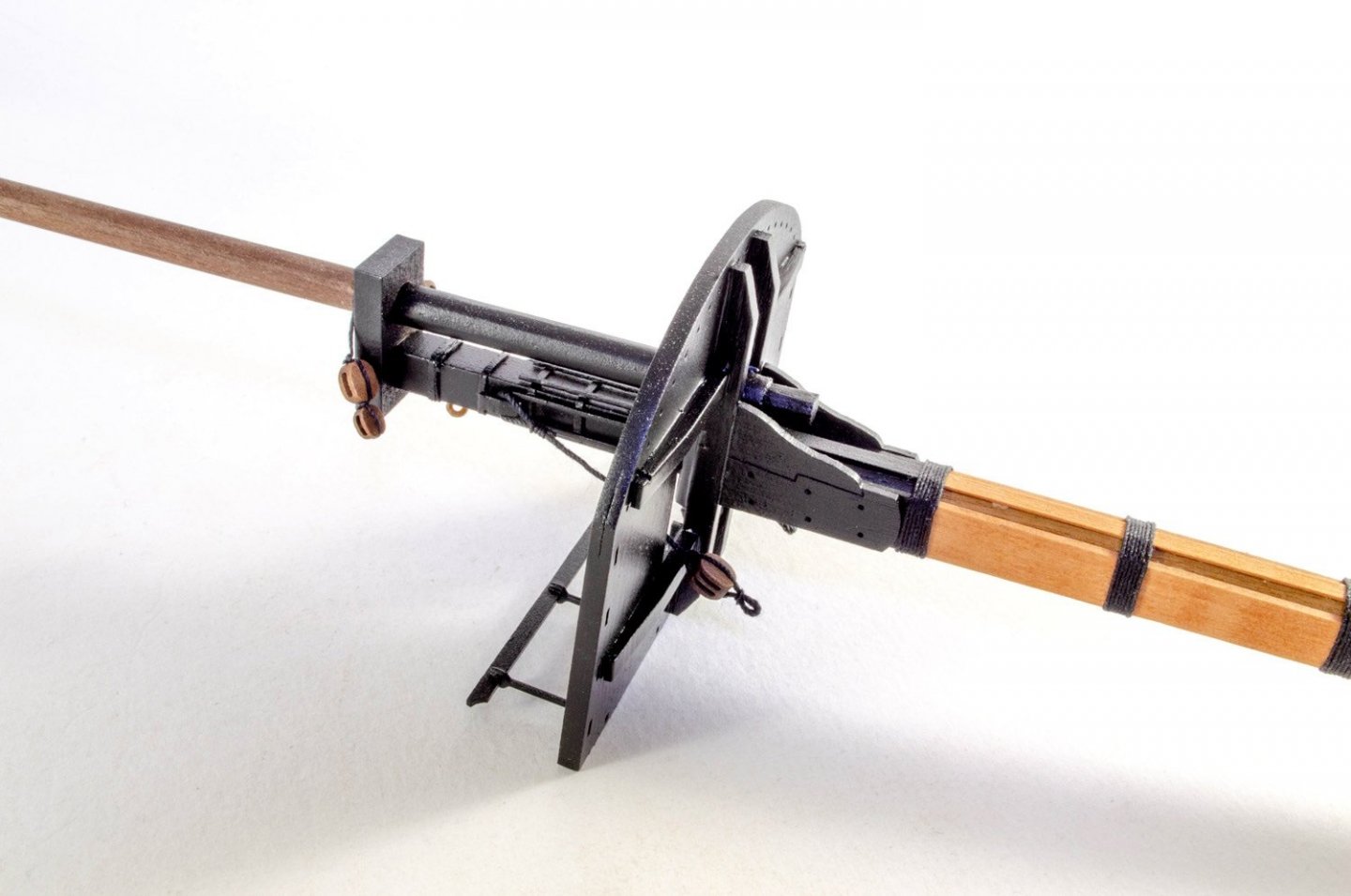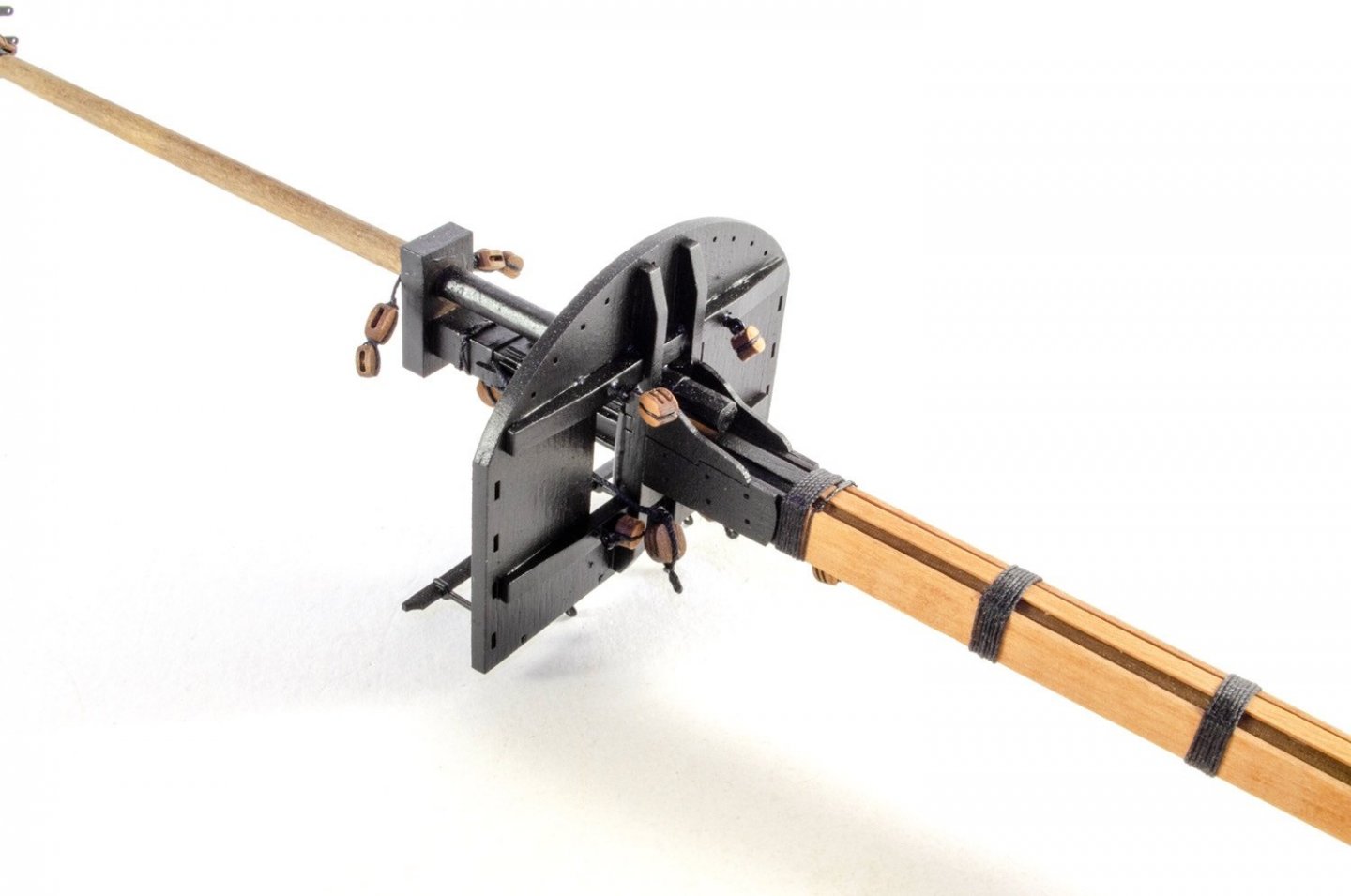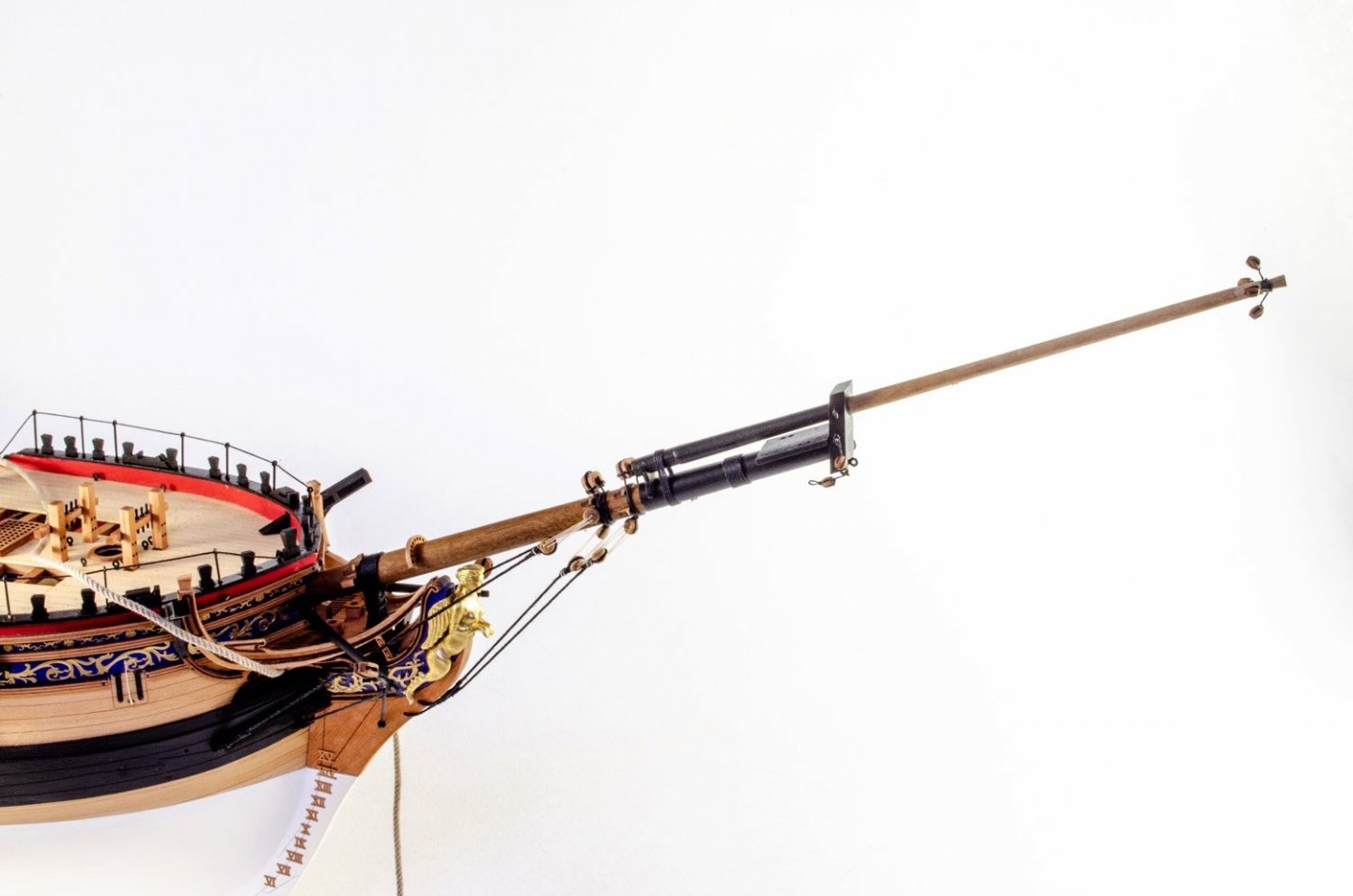-
Posts
6,133 -
Joined
-
Last visited
Content Type
Profiles
Forums
Gallery
Events
Everything posted by James H
-
Always happy to help! Looking forward to your work.
- 109 replies
-
- Vanguard Models
- Flirt
-
(and 1 more)
Tagged with:
-
Sorry about that. I am a plonker. It's been changed for the next print run. I was building so intensively over that period that my recollections were clouded with some of the fisher stuff I'd just finished. You can use my photos as a guide though as you're always best taking off too little than too much. It's only a rough bevel.
- 109 replies
-
- Vanguard Models
- Flirt
-
(and 1 more)
Tagged with:
-
Welcome back to the hobby, and of course to MSW 😁
-
Not at all. It's aimed at a total beginner, as is the Fifie Welcome to MSW!
-
I built that 1:72 Matchbox kit about 20yrs ago as a prelude to starting wooden ships, and I loved it. Amazing to see something in 1:48 like this.
- 321 replies
-
- Finished
- Flower-class
-
(and 1 more)
Tagged with:
-
NEW AT VANGUARD MODELS! - 'BUY NOW, PAY LATER' (Pay In Three) from PayPal. I've been helping Chris with his website and PayPal have really been bugging us with rolling out this system for VM customers. VM satisfies their criteria which allows customers to make purchases from £30 to £2000 using a three-payment system. Once you go to PayPal checkout, you will have an option to choose this. The total cost is split into three equal payments at 0% interest, and then the remainder is paid on the due dates over the following two months. The great news is you of course get your items shipped straight away as you would if you'd paid up-front. That'll help break up some of those costs we all have when it comes to buying our kits and stuff! https://vanguardmodels.co.uk https://www.paypal.com/uk/webapps/mpp/paypal-payin3/faq There are some territory restrictions, but can't remember them at moment!
-
Here's my last update before the final completion images. The masts are pretty straightforward. Cartridge paper is used for the iron banding, the battens then fitted over these. When complete, the masts are varnished and then sections painted black before then fitting out with rigging blocks etc. For this model, I've used the optional pear blocks (except for deadeyes as the pear weren't in stock when I started). All yards are then built, including mizzen gaff, ensign pole etc. These will be fitted out as soon as the paint is dry. Whilst waiting for paint drying, I fitted the bowsprit and rigged the shrouds and stays after first adding the gammoning. Boomkins are also rigged. And this is the result so far. Catch you when she's finished...
- 355 replies
-
- vanguard models
- Sphinx
-
(and 1 more)
Tagged with:
-
Beautiful stuff 🥰 Love the heavy metal to hold stuff down and all those clamp forceps! 😝
- 47 replies
-
- Modellers Shipyard
- Perseverance
-
(and 1 more)
Tagged with:
-
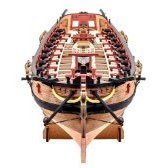
Painting Problems
James H replied to Neil10's topic in Painting, finishing and weathering products and techniques
Seal the filler using a varnish or primer before painting. Painting on top of filler will generally mean a bad finish.
About us
Modelshipworld - Advancing Ship Modeling through Research
SSL Secured
Your security is important for us so this Website is SSL-Secured
NRG Mailing Address
Nautical Research Guild
237 South Lincoln Street
Westmont IL, 60559-1917
Model Ship World ® and the MSW logo are Registered Trademarks, and belong to the Nautical Research Guild (United States Patent and Trademark Office: No. 6,929,264 & No. 6,929,274, registered Dec. 20, 2022)
Helpful Links
About the NRG
If you enjoy building ship models that are historically accurate as well as beautiful, then The Nautical Research Guild (NRG) is just right for you.
The Guild is a non-profit educational organization whose mission is to “Advance Ship Modeling Through Research”. We provide support to our members in their efforts to raise the quality of their model ships.
The Nautical Research Guild has published our world-renowned quarterly magazine, The Nautical Research Journal, since 1955. The pages of the Journal are full of articles by accomplished ship modelers who show you how they create those exquisite details on their models, and by maritime historians who show you the correct details to build. The Journal is available in both print and digital editions. Go to the NRG web site (www.thenrg.org) to download a complimentary digital copy of the Journal. The NRG also publishes plan sets, books and compilations of back issues of the Journal and the former Ships in Scale and Model Ship Builder magazines.

